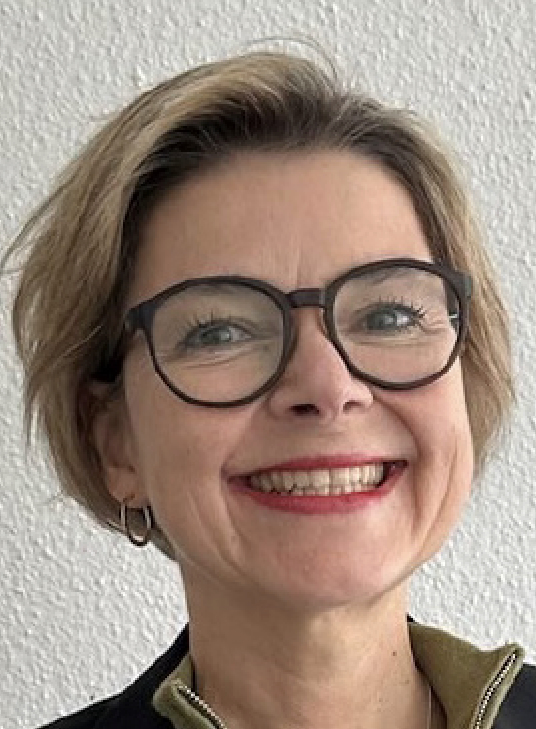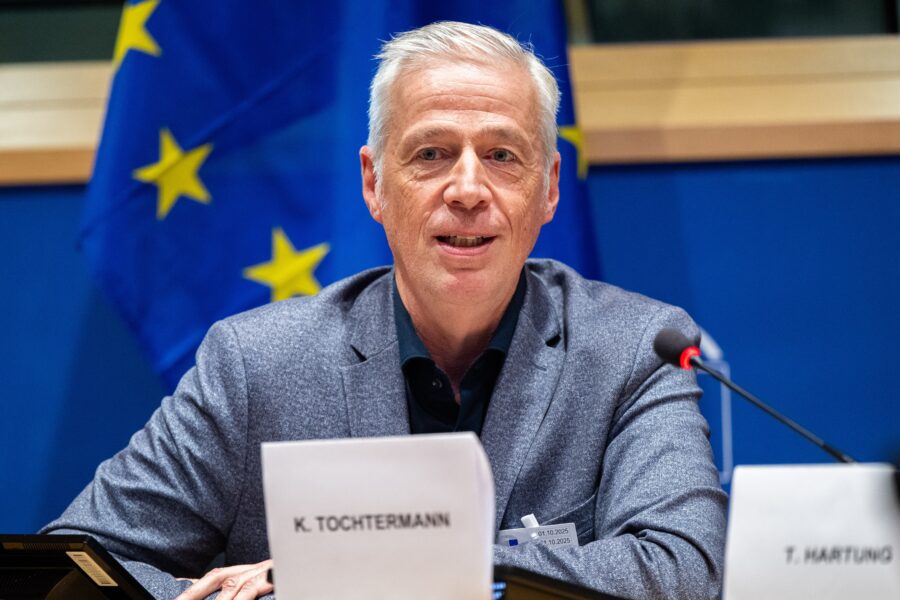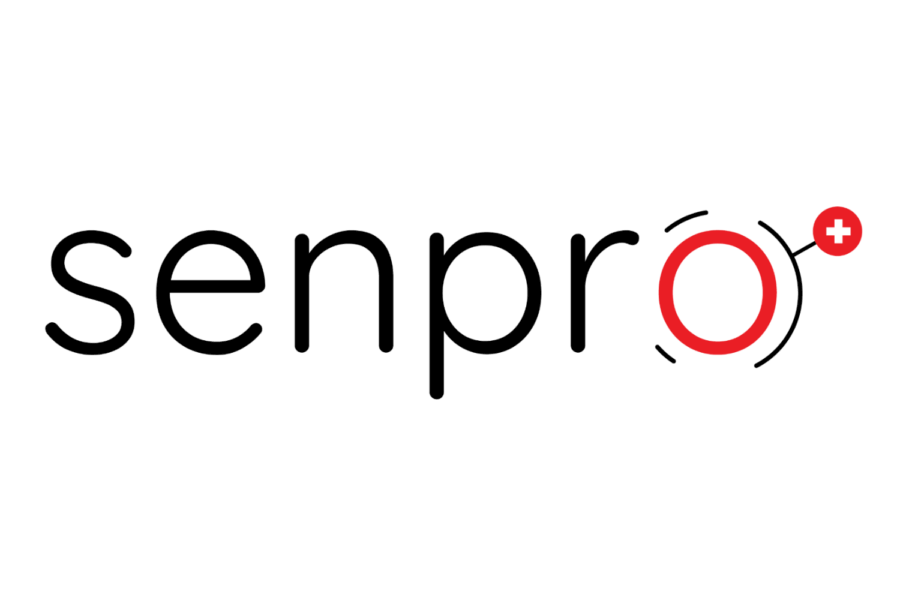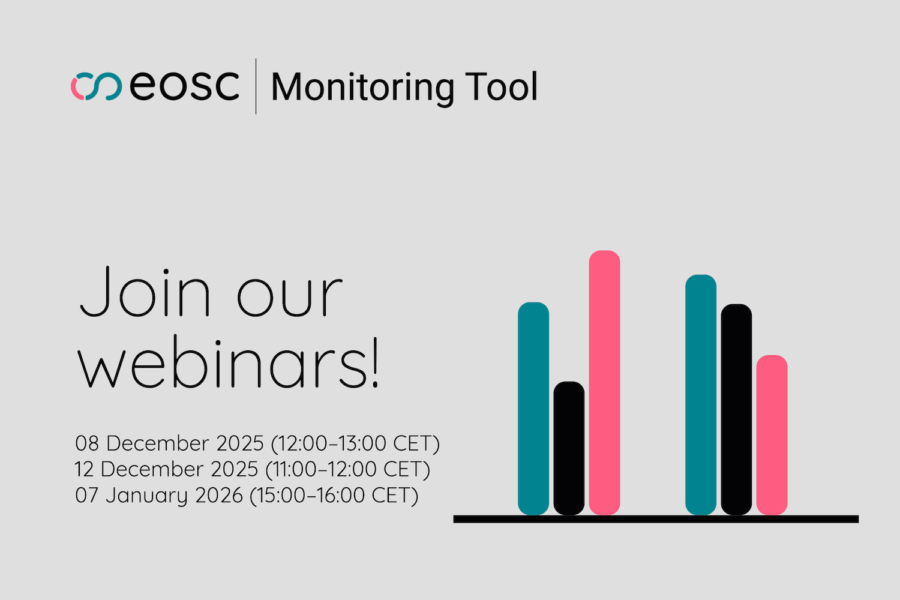Annika Glauner of ETH Zurich and Thomas Schulthess of the Swiss National Supercomputing Centre (CSCS), operated by ETH Zurich, see their membership in the EOSC Association is an investment that will benefit the entire European research community.
In this insightful interview, Glauner and Schulthess explain how Switzerland’s long-standing tradition of direct democracy supports the Open Science community in their grassroots efforts to deploy EOSC. The representatives of the EOSC-Mandated Organisation for Switzerland also describe the unique position of the country as a non-member of the European Union and detail the most relevant national policies for Open Science.
The interview was conducted by Miguel Rey Mazón (TU Graz) and Isabel Caetano (EOSC Association) and is part of a series coordinated by the EOSC Focus project. The interviews aim to highlight the role of the EOSC Association’s Mandated Organisations. By bringing their activities and insights to the forefront, the EOSC Focus interviews will help to reinforce the connections between each country’s Mandated Organisation and its EOSC Association Member and Observer organisations, as well as to make visible the work going into the implementation of EOSC at the national and institutional levels.
Could you define the role of ETH Zurich in the EOSC Association?
ETH Zurich is the largest university in Switzerland and has a strong international profile. We have a long track record in Open Science, we manage research infrastructures—in particular, we host the Swiss National Supercomputing Centre (CSCS)—and have built an extensive international network to engage researchers, research infrastructures, and policy makers.
We have been involved in the development of EOSC since 2015 and participated in the interim EOSC Governance. In 2020 we were appointed by the Swiss State Secretary of Education, Research and Innovation (SERI) to act as Switzerland’s Mandated Organisation for EOSC-A.
We see our membership in EOSC-A as an investment, because the progress and success of Open Science and EOSC will benefit the entire European research community, including that of Switzerland. Currently, Switzerland is not an associated country to Horizon Europe, which makes things more difficult for Swiss organisations. Nevertheless, there are four Swiss EOSC-A Members and one Observer.
Switzerland is not a member of the EU. To which extent does this impact ETH Zurich’s involvement in EOSC-A?
Switzerland and the EU need each other. We are at the heart of Europe, share borders and have long-standing bilateral collaborations with four EU member states. It will hopefully stay like this regardless of our political relationship with the EU. Curiosity, research, science and knowledge are limitless and must not be inhibited by borders. Being involved in EOSC-A helps us and the Association to make the best of our mutual interests. ETH Zurich’s leading position in Europe does not depend on the status of Switzerland on the continent. For example, ETH Zurich is involved in various Europe-wide subject-specific research data management programs like ELIXIR, ICOS, EPOS and ECCSEL.
ETH Zurich is a part of the ETH-Domain (ETH-Bereich in German). How is this network relevant to EOSC and Open Science?
The ETH-Domain aims to position research done in Switzerland on the international stage. One of its strategic objectives is the expansion of Open Science via data management tools and services. This is well-aligned with the mission of EOSC-A.
How do you engage with local stakeholders to promote the EOSC ecosystem and integrate perspectives of different institutions about the future of EOSC?
A working group was formed at ETH Zurich in 2020 to guide the implementation of Open Science and serve as a contact point between the EOSC Association and Swiss stakeholders. The group has the objective of aligning with the Open Research Data (ORD) strategy of the ETH-Domain and the national ORD Strategy.
In 2018, SERI started the so-called EOSC Roundtable to streamline activities nation-wide. In 2021 this developed into the Strategic Council (StraCo), that leads on the implementation of the national Open Research Data strategy. Besides the ETH-Domain, other StraCo members are the network of Swiss universities (swissuniversities), the Swiss National Science Foundation (SNSF), and the Swiss Academies of Arts and Sciences.
ETH Zurich revised its open access policy in 2018 and introduced new guidelines for compulsory research data management in 2023. Our involvement in Open Science and EOSC-A has had a positive impact on ETH’s services and infrastructures. We organise research data management trainings, and work on creating a network of data stewardships and research data hubs to meet our goals. Other partners in ETH-Domain and other Swiss research performing organisations are also doing this, thanks, in part, to funding from ETH-Domain and swissuniversities for open access projects. It is expected that funding will be extended in the future to open innovation and open educational resources.
In our role as EOSC-A Mandated Organisation we have established monthly meetings with Swiss EOSC-A Members and Observers, and interested Swiss stakeholders in the domain of Open and FAIR data, especially those involved in EOSC-A Task Forces and initiatives like ELIXIR. We aim at having a stronger input on the work of StraCo to streamline national and European endeavours. Every 2-3 months we hold an EOSC Café with guests from Switzerland and/or abroad to talk about practical approaches to EOSC and ORD. We also provide input to LERU, CoARA, CESAER and other networks, and participate in a discussion about research assessment currently happening in the European Research Area. We coordinate continuously with StraCo to update each other about EOSC and EOSC-A.
Could you describe the role of StraCo in more detail?
Formed three years ago, StraCo has analysed where gaps in the system lie and where more coordination is needed. It has prepared a roadmap and an action plan. In tune with Switzerland’s democratic working principles, there are no top-down decisions, but consensus to move forward accompanied by consultations. The work of StraCo was presented at the last EOSC Café to increase the buy-in among stakeholders.
Before swissuniveristies initiative regarding ORD, there had been bottom-up efforts of researchers to endorse the FAIR principles and contribute to the European Open Science Commons. There are early adopters, like for example the Swiss Institute of Bioinformatics, or MARVEL – one of National Centres for Competence in Research (NCCR), that created the Materials Cloud.
How do you relate the discussions with national stakeholders to the evolution of EOSC?
We are trying to understand the concept of EOSC Nodes better. Whatever is done must have the purpose of serving science. Strictly speaking, there is no Swiss or national science. Science is cultural heritage of humanity, with Swiss contributions. EOSC-A must account for cultural differences between disciplines and countries, and help remove boundaries to allow information to flow easily.
Switzerland has invested significantly in data-centred communities, like radio astronomy, high energy physics, or life sciences, and other ones with European or global scope, like weather, climate and sustainability. As a small country, we engage with others outside our borders through Europe’s strong partnerships in these fields. One good example is the European Centre for Mid-Range Weather Forecasting that leads the Destination Earth initiative.
What are the most relevant Open Science policies in Switzerland? Can you tell us about funding sources to support Open Science, and more specifically EOSC?
On the policy front, the ETH-Domain published a position paper on ORD in 2020, followed by the National ORD Strategy and the accompanying Action Plan in 2021. Most institutions of higher education have their own Open Science policies.
Funding for ORD from swissuniversities and from the ETH-Domain works similarly. They differentiate between three categories: Explore, Establish, and Contribute. The programmes are designed to make research data management an integral part of research projects. Projects receive between 150 000 and 1,5 million CHF for up to five years. Projects under the Explore category focus on research data management plans. Projects under the Establish category look to establish ORD practices within a specific research agenda, define standards within a community, and help raise data quality levels. Lastly, projects within the Contribute category aim to build open communities.
Can you estimate the annual basis budget allocated for EOSC-related activities?
The additional investment needed to implement the ORD strategy is known, but EOSC-related activities are much broader than that. It is not easy to calculate the total investment because of the mix of cash and in-kind contributions.
Researchers react to policies because policies set the framework conditions for the distribution of funds. Some of the strongest communities that comply with FAIR data and services got where they are thanks to their own funding, and support through regular calls, like those of the NCCR, which contribute substantially to the implementation. Funding is granted for four years, with the possibility to be funded for up to three consecutive cycles. The challenge now is that in order to continue providing these services, the community needs to fund them. Open research data that is just “sitting there” will not stay FAIR for long. A long-term strategy and coordinated approach at the level of the ETH-Domain, SNSF or SERI make researchers understand the benefits of FAIR data and services in the long run. It is one of the biggest challenges—but also the biggest opportunity—where EOSC could help.
The Material Science Cloud project was started at EPFL and evolved from a national scope to European collaborations. The project will eventually end, and it needs a landing place for its successful results. We are trying to figure this out with the Paul Scherrer Institute (PSI) and the Swiss Federal Laboratories for Materials Science and Technology (EMPA), and with the help from the ETH-Domain and SERI. We are aware that this is a common problem.
What do you consider the biggest challenge for the implementation of Open Science and EOSC?
EOSC is a very young initiative. The biggest challenge is to work against the fragmentation of the landscape. We need to move forward to tackle the deficiencies of data sharing and reusing by introducing standard access regulations and legal obligations. EOSC needs to be strategically coordinated on a national level, like StraCo does it for the national ORD Strategy in Switzerland. From a technical point of view, improvement is needed for shared data management.
To address the challenge of long-term sustainability of FAIR services, communities need to develop useful services and build a framework for digital commons. This requires software engineering skills, not just of professional software engineers, but also among scientists. Switzerland and other European countries could adopt a model similar to that of the UK – with research software engineers – to enhance the skills of the scientific community. With digital or digitised science, all scientists needs a basic understanding of software engineering.
Research infrastructures need to understand how to provide FAIR services, but not every community needs to have their own computer data infrastructure. In many cases, relying on remote, off-premise infrastructures is the best solution. We need research communities to be able to collect, model, and analyse data by themselves. That is one of the key tasks for the years to come.
What is your vision about the future of EOSC?
The biggest opportunity is the revolution brought by machine learning and artificial intelligence (AI). Europe should use its liberal culture combined with science to complement what US companies are doing to drive AI. Scientists have a moral obligation or responsibility to do this since science is something for all of humanity, not just for an individual country. AI and machine learning could become a gift that helps EOSC achieve its vision.
And of course, the most pressing requisite is that FAIR becomes the norm, or else innovation will stall. Also, all standards developed within EOSC need to be implemented on the European level, or at least in all EU-funded projects. The European Commission has to bring this into the next Framework Programme.
About ETH Zurich
ETH Zurich, the university for science and technology dates back to the year 1855, when the founders of modern-day Switzerland created it as a centre of innovation and knowledge. At ETH Zurich, students discover an ideal environment for independent thinking, researchers a climate which inspires top performance. Situated in the heart of Europe, yet forging connections all over the world, ETH Zurich is pioneering effective solutions to the global challenges of today and tomorrow. ETH Zurich is the EOSC-A Mandated Organisation for Switzerland.
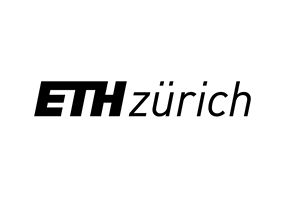
About Thomas Schulthess
Thomas Schulthess is the Director of the Swiss National Supercomputing Centre (CSCS) at Manno, and a professor of computational physics at ETH Zurich. Thomas Schulthess studied physics at ETH Zurich and earned his doctorate in 1994 with a thesis on surface physics in which he combined experiment and supercomputing simulations. He subsequently continued his research in the US and published around seventy research papers in the best journals of his field. His research interests are focused on magneto electronics, nanoscience, and transition metal oxide materials, as well as the application of ultra-scale computing in these areas.
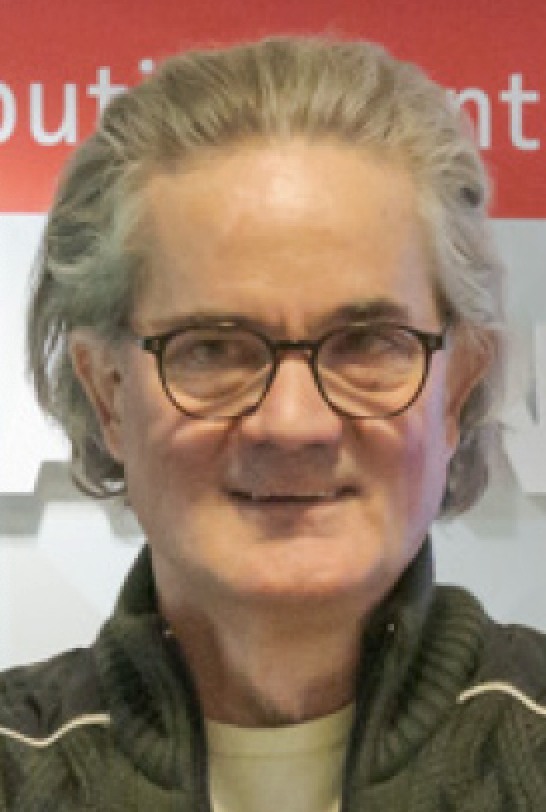
About Annika Glauner
Annika Glauner is a Senior Research Strategy and Research Policy Officer at ETH Zurich. She also acts as the EOSC Mandated Organisation Coordinator, Engagement & Impact for Switzerland.
